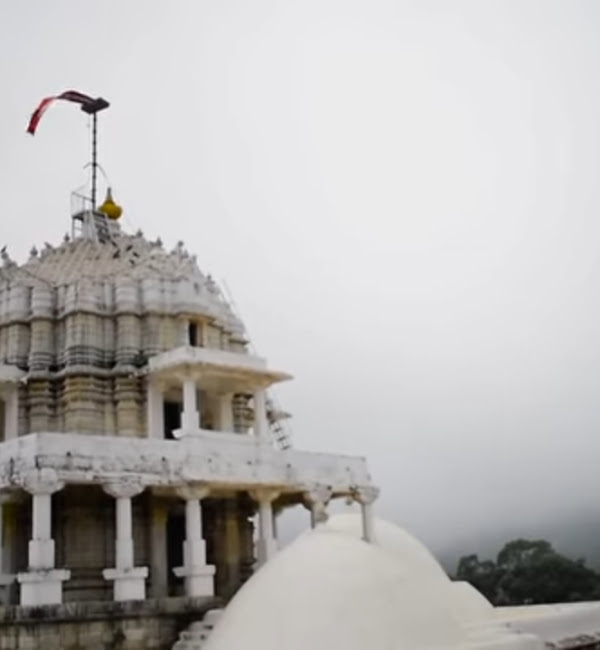Dilwara Vimal Vasahi Jain Temple- Rajasthan

Address
Dilwara Vimal Vasahi Jain Temple Dilwara Rd, Dilwara, Mount Abu, Rajasthan 307501
Deity
Sri Adinatha
Introduction
- Location: About 2.5 kilometers from Mount Abu, Sirohi District, Rajasthan, India.
- Significance: Known for their exceptional architecture and intricate marble carvings, some consider them more impressive than the Taj Mahal.
- Key Temple: Shri Adinath Temple (also known as Vimal Vasahi Temple).
- Construction Date: Built in 1031 A.D.
- Builder: Vimal Shah, a minister of the Solanika ruler of Gujarat.
- Dedication: Dedicated to the first Jain Tirthankara, Shri Adinath Ji (Rishabha Dev).
Puranic Significance:
- Temple Name: Shri Adinath Temple, also called Vimal Vasahi Temple.
- Construction Period: Mainly built in 1032 A.D., with additional structures added in subsequent centuries.
- Architectural Highlights:
- Material: Carved entirely out of white marble.
- Design: The temple is known for its elaborate and intricate carvings, including lotus-buds, petals, flowers, and scenes from Jain mythology.
- Structure:
- Open Courtyard: Surrounded by a corridor with numerous small shrines (devakulikas) and smaller idols of tirthankaras.
- Gudh Mandap: A hall with decorated ceilings, housing two idols of Parshvanatha and the main idol of Adi Nath.
- Navchowki: A collection of nine rectangular ceilings with various carvings supported by ornate pillars.
- Hastishala (Elephant Courtyard): Features a row of elephant sculptures, constructed by Prithvipal, a descendant of Vimal Shah.
Special Features:
- Intricate Carvings: The temple is renowned for its detailed stone carvings on pillars and ceilings, depicting various aspects of Jain iconography and mythology.
- Open Courtyard: Surrounded by beautifully decorated corridors.
- Guda Mandapa: A hall with numerous images of Shri Adi Nath, showcasing detailed artwork.
Festivals:
- Mahavir Jayanti: Celebrated as one of the most significant festivals, marking the birth of Lord Mahavira, the 24th Tirthankara.
Century/Period/Age
11th and 13th centuries AD
Managed By
Archaeological Survey of India (ASI)
Nearest Bus Station
Mount Abu
Nearest Railway Station
Abu Road Station
Nearest Airport
Udaipur




